Do you know that more than 65% of people are visual learners? Meaning people can process the information quickly if it is in visual form. Why? Simply because vision is the most dominant sense of our body and utilizes half of the brain’s resources. Filmmakers have utilized this fact to produce animated films and cartoons to capture the attention of children.
Likewise, marketers also jumped into the race of capturing viewers’ attention through animation. Consequently, the use of animation in marketing conferred magnificent results for brands! Quite interesting. Isn’t it? So, the question arises- Is animation the future of marketing? You will find it out in this written piece. Stay tuned!
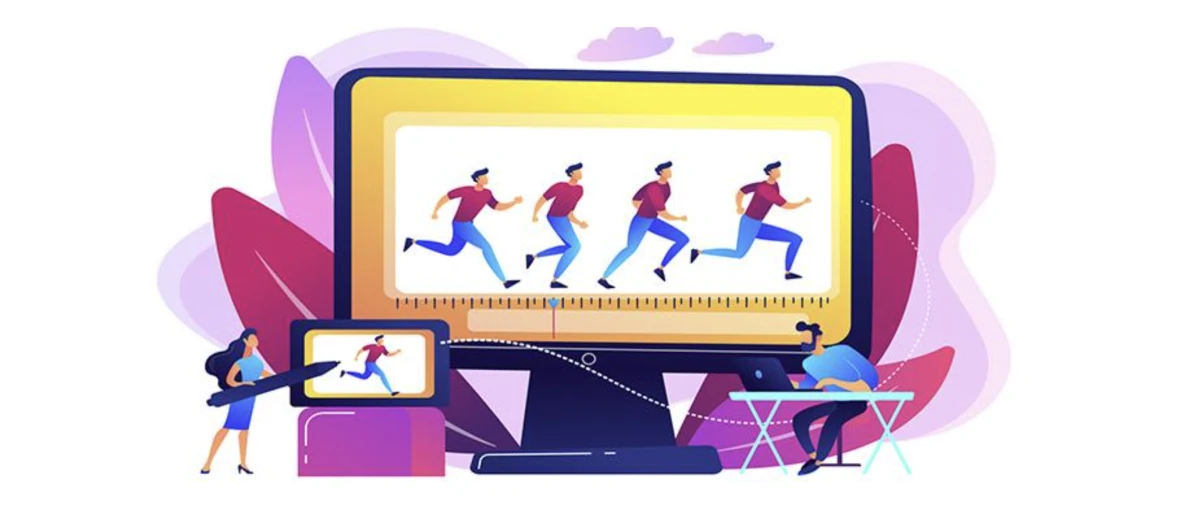
Importance of Animation in market
Before jumping into depth, take a brief look at the picture below-
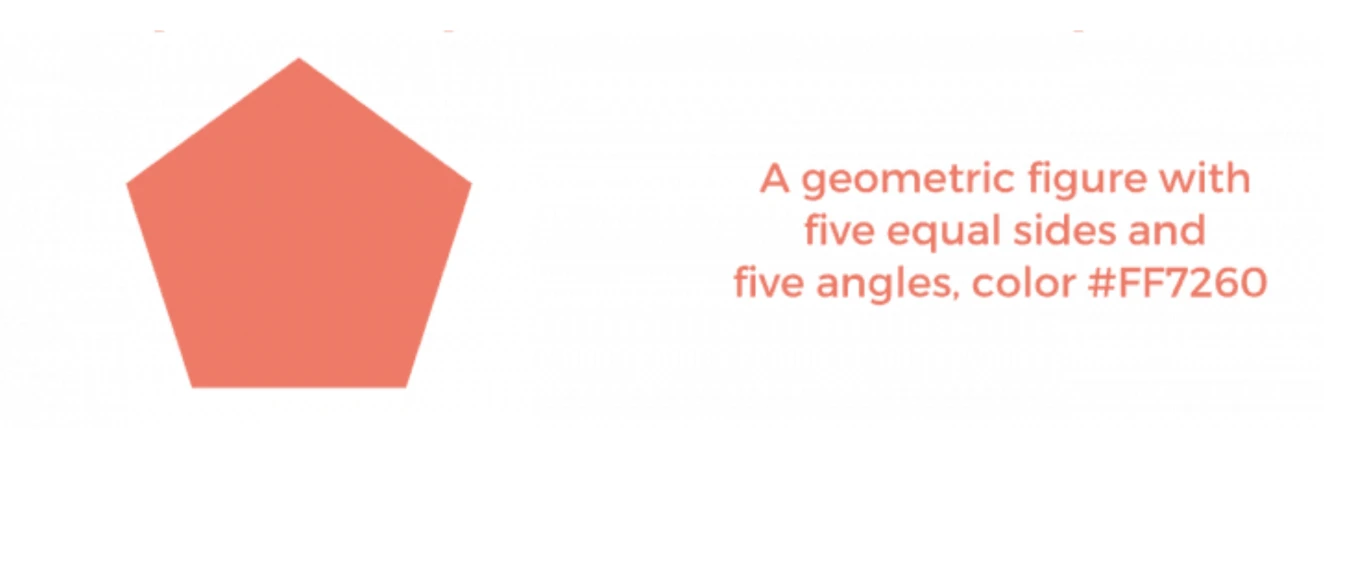
Which one caught your attention first? Or which one is easier to understand? Probably the left one! Because the visual representation is much easier to process than to haul out the descriptive text. Marketers are well-aware of this fact. Visual content improves the visibility of posts and increases conversions by up to 80%.
Also, most of the public searches for more information about the product after seeing its animation. Animated videos or graphics confer life to ordinary things. As you need unique ways to stand out in the crowd to make your products recognizable.
Animation is an excellent solution to fulfill this objective. So, it proves that animations are appealing, engaging, and memorable. These are the utmost importance of animation in the market.
However, animations are not only limited to animated videos. There are different forms of animations like animated banners, loops, and GIFs (Graphics Interchange Format). You can use them according to the size of your marketing campaigns.
Other than this, there are numerous other advantages of using animation in marketing. We will discuss it in the upcoming sections.
The Evolution of Marketing
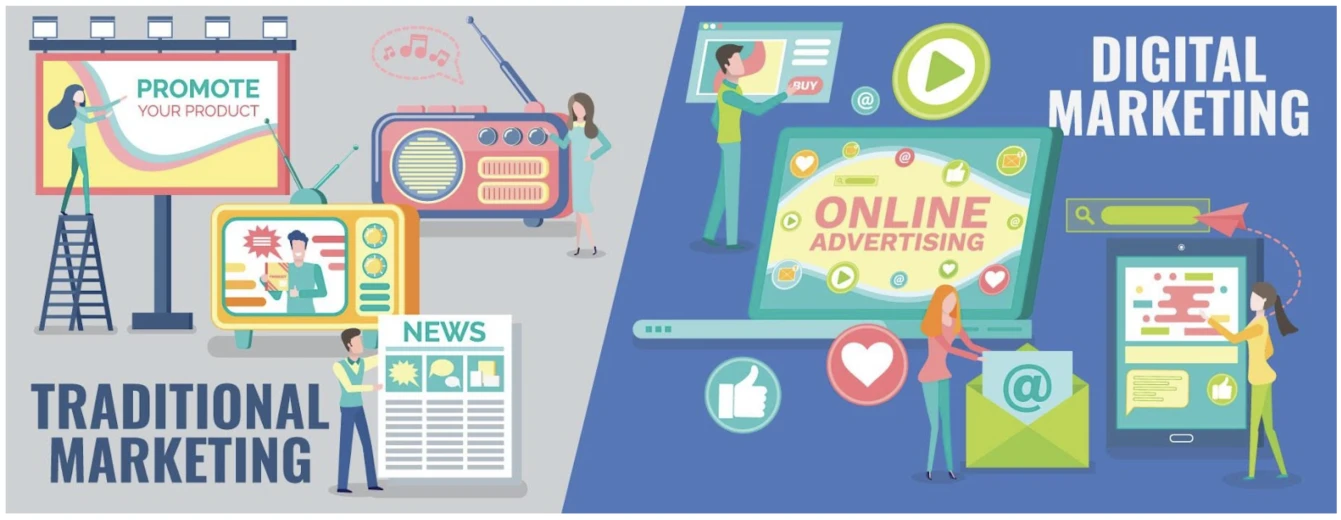
Since the industrial revolution in the 18th century, industries went through different kinds of marketing phases. This is called “Marketing Evolution.” And it is prevalent even today! Here, the prime objective is to create innovative ways for increasing revenue through sales and partnerships.
Two central factors that drive evolution in the market are marketing technology and customer needs. We have briefly described the stages of marketing evolution in the following points.
Traditional Marketing Methods
It refers to those marketing methods that do not utilize the internet. These are the conventional ways to promote or advertise the product in the market. Traditional marketers use offline media to reach the audience. Such as-
- Handouts
- Billboards
- Direct mail
- Print ads
- Event marketing
- Referral
- Broadcasting (Radio & Television)
Traditional marketing methods have been used for centuries. It is more suitable for older generations who are not much used to the internet or digital media.
Shift toward Digital Marketing
With the rise of the internet, it became quite easier to directly hit the target customer through digital marketing/online marketing. Digital marketing refers to the promotion of brands to connect with potent customers through the internet. It involves email, social media, video advertising, and web-based advertising. Marketers shifted to digital marketing due to lower costs per lead, higher conversion rates, and high ROI (Return on Investment).
Rise of Animation in Marketing
In the current decade, you might have observed a significant rise in using animation in the market. The prime reason for this is the tremendous visual impact of animations i.e. attention-grabbing and memorable.
You can effectively and quickly communicate ideas through it in visually appealing ways. Also, it enhances the conversion rates in marketing campaigns and is affordable. You must have seen animations in multiple commercials like IPL, Chocolates, Confectionaries, etc.
Advantages of using animation in marketing
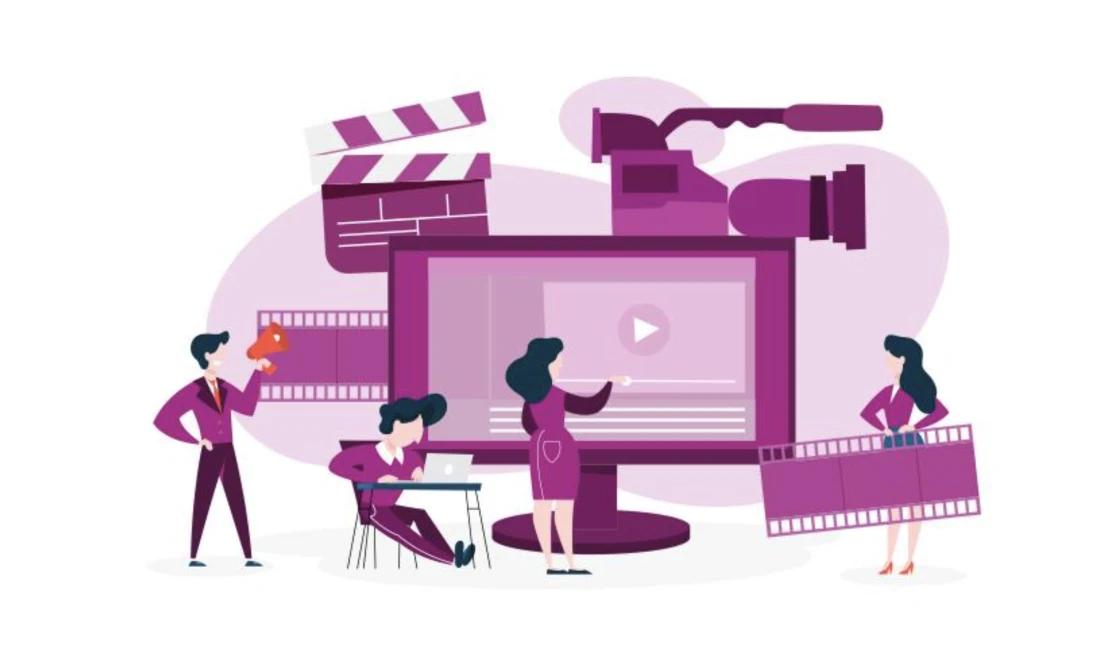
Let us look at some of the advantages you can get by using animation in marketing.
- Enhancing brand awareness– Animations offer a unique opportunity to showcase your brand’s personality and creativity, which can help to differentiate your business from competitors. Apart from grabbing attention and high entertainment value, the animation is crucial for conveying a certain message to the viewers. It tells the whole message of a brand to the audience in a few seconds or minutes. This feature creates a connection with your target audience. Eventually, the popularity of your brand increases in the target audience.
- Simplifying complex concepts– Animation simplifies complex or tricky topics by allowing you to fit in more content in a short time. Animations offer a variety of ways to visualize concepts quickly and powerfully. Motion graphics activate human senses more as compared to text or static images. Hence, your animated marketing campaigns can be more alluring, memorable, and engaging.
- Creating emotional connections with the audience– This is the most powerful way to influence your target audience. Using nostalgia and emotional connections have proved to be a winning marketing formula. The animation aims to evoke positive emotions in the viewer. Thereby, it raises the viewer’s mood and effectively captivates the audience. Thus, animation is an excellent tool to establish an emotional connection with the public. Eventually, it improves the conversion rates for the brands.
- Cost-effectiveness– Animated videos are relatively more affordable than creating an in-person video. That’s the principal reason for the rise in using animations in marketing. However, the creation of complex animations may be expensive. But, unlike human-featured films, you can edit animations easily. Thus, it is more cost-effective than traditional marketing methods such as TV commercials or print ads.
- Others– Apart from the above-mentioned points, there are several key advantages of animations in marketing. They are versatile, increase the engagement of the viewers with entertaining content, are attention-grabbing, memorable, and have a broad global appeal.
Successful Examples of Animation in Marketing
In the modern era of the 21st century, you can see animation everywhere. Some of the successful examples of animation in marketing are-
- Whiteboard animation– It is a video style in which you can physically draw and record an illustrated story by using a whiteboard and marker pens. These animations are aided by narration by script. You can use time-lapse drawing and stop-motion animation to show hand-drawn illustrations. For example- Dropbox (an online collaborative whiteboard).

- Mailchimp– It allows you to send custom-made email campaigns in which you can embed your videos as GIFs. Also, it has an array of GIFs and GIPHY that you can choose for your marketing campaigns. If you use Mailchimp content studio, you can create an email by adding exclusive GIFs to make your campaign stand out in the market.

Animation techniques & tool for Marketing
As you know, the animation is a handy tool for marketers because it clearly describes your brand and services. The term “animation” is an umbrella term that includes various types of animation techniques and tools for marketing. Some of them are described below-
- 2D animation– It is also called “Traditional Animation” involving the creation of motion in a two-dimensional space. Here, the animators rapidly sequence the two-dimensional images to generate the illusion of lifelike motion. 2D images are quite popular in marketing. Because they are cost-effective and easier to produce when compared to 3D animation or live videos. Also, it can be easily edited and updated.
- 3D animation– It is a type of animation conferring more depth to an image. 3D animation is quite similar to a three-dimensional image. This type of animation clearly and effectively demonstrates the working of complex products in a simplified manner. Viewers can digest it easily as compared to static pictures. Therefore marketers use 3D animation extensively in advertisements, commercials, and brand promotion.
- Motion graphics– It is a type of animation that is extensively used for the transformation of static designs into moving pictures. Motion graphics simply means graphics in movement. (Graphics are the visual images produced by computer processing). Motion graphic designers use various types of software programs to create visual narratives.
Software and tools for animation
Just like the traditional artists need pencil, brush, paint, paper, etc. for painting. Similarly, digital artist also needs numerous tools for creating animation. Some of the top listed tools that animator use are-
- 3ds max (Autodesk)
- After Effects (Adobe)
- Animate (Adobe)
- Blender (The Blender Foundation)
- Cartoon Animator 4 (Reallusion)
Challenges of using animation in marketing
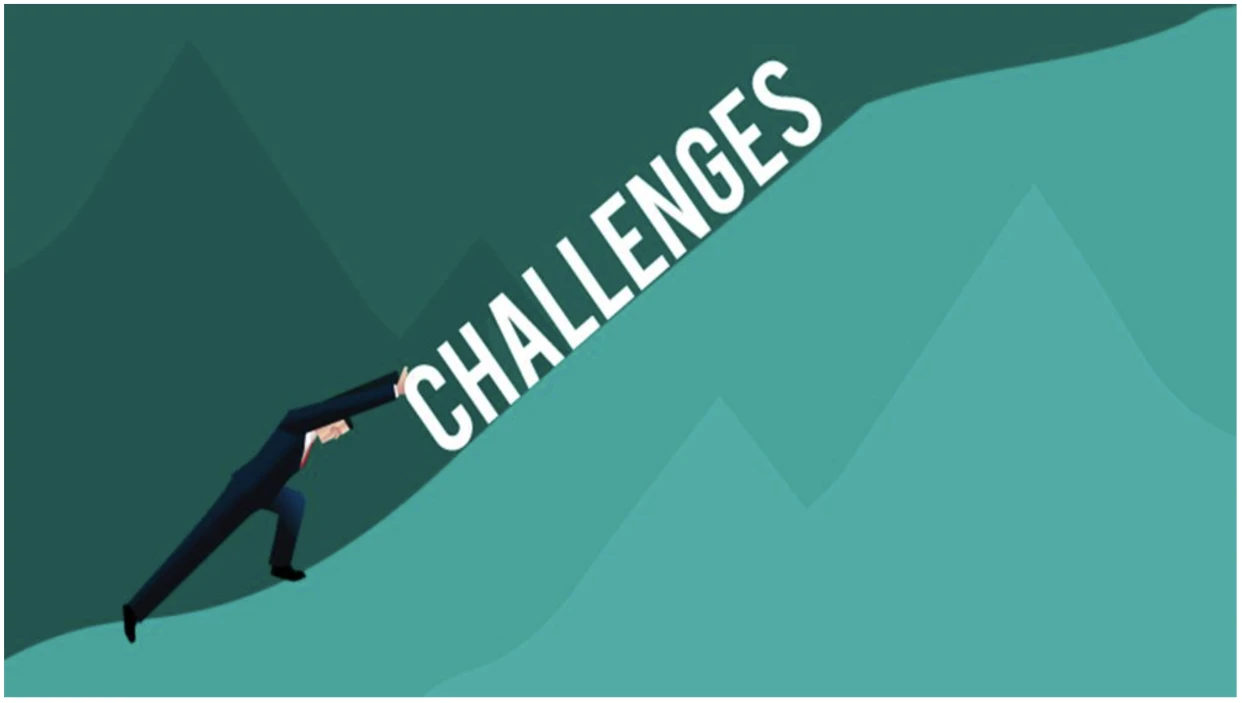
Although, animations provide innumerable advantages in marketing. However, marketers face several challenges in it. Some of them are-
- High upfront costs– Animation creation is full of complications that eventually lead to very high upfront costs. It is expensive because of animation style, software, pre-production, -sound designing, multiple revisions, etc. needs a huge capital investment. You need to have enough time and money to develop an impactful animation.
- Finding the right balance between animations and messaging– It is important to know the ideologies of your audience before launching an animated advertisement. Adjusting to different IQ levels of audiences, customers, and creators is the biggest challenge of using animation in marketing. The creativity of animation makers and marketers should match that of their target audience.
- Technical issues and limitations– Animation technology needs a stable and fast internet connection, a large storage facility, and advanced tools and devices so that animation can work smoothly.
Conclusion
Animation has proven to be the most effective marketing tool in today’s era. . Despite some challenges, marketers prefer animated videos to promote products and services. Its popularity is growing day by day due to its versatility, memorable, cost-effectiveness, and attention-grabbing features. The use of animation continues to expand astonishingly. Thus, we can conclude that animation is the future of marketing!
